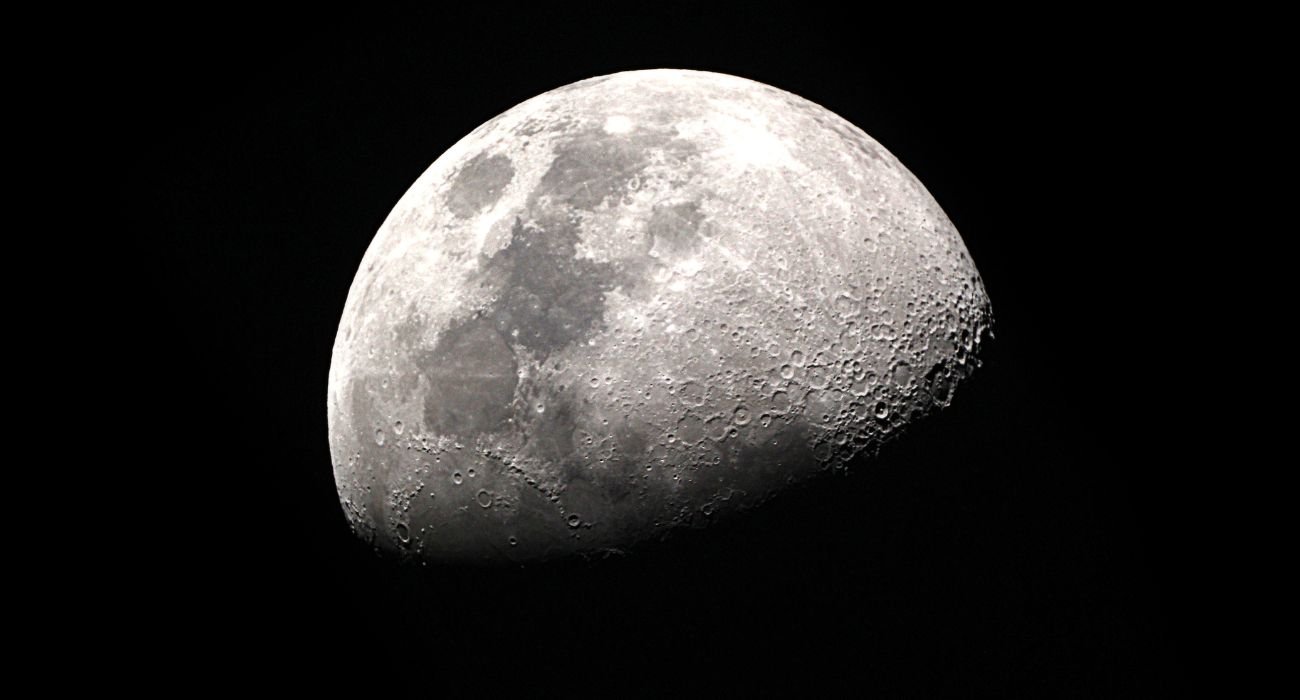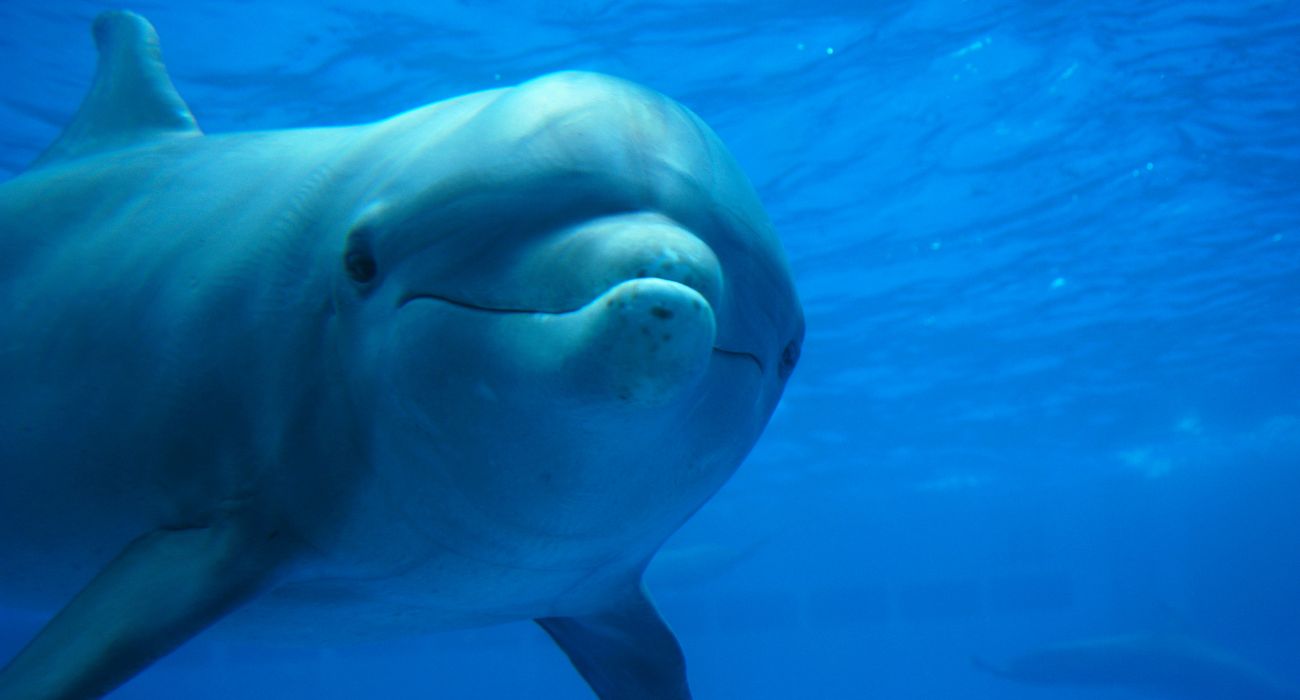A whole lot of buzz has been generated around missions to the Moon lately — and for good reason.
Nations and private enterprises alike are racing to the lunar surface in hopes of finding water and establishing a long-term base for conducting missions into deep space.
Despite the very first moon walk by U.S. astronauts happening in 1969, NASA hasn’t conducted a manned lunar mission since 1972.
The Artemis program aims to change that, as The Dallas Express previously covered. The series of missions that began last November have the ultimate aim of establishing a long-term human presence on the Moon.
Next year a four-person team will orbit the Moon, laying the groundwork for a lunar landing in late 2025.
While this time-table could appear painstakingly slow, the recent crash landing of Russia’s uncrewed spacecraft Luna 25 points to the complexity of the operation, as reported in The Dallas Express. The country’s last lunar mission had been conducted in 1976.
Despite the crash, Russian space analyst Vitaly Egorov reported that Luna 25 did manage to collect some scientific data while in flight and lunar orbit, including photographs.
Due to the Moon’s thin atmosphere, a spacecraft must go from thousands of miles an hour to a full stop and then use its propulsion system — as well as a good amount of fuel — to control the descent.
After an unsuccessful attempt on the Moon in 2019, India celebrated the landing of its spacecraft carrying an orbiter, a lander, and a rover on Wednesday, as reported by The Dallas Express. The Chandrayaan-3 mission is a landmark achievement for the country, with only the U.S., China, and the former Soviet Union having managed lunar landings in the past.
Next, SpaceX — Elon Musk’s company — plans to fly its Nova-C lander to the Moon in mid-November, carrying payloads for both NASA and private parties, according to The Wall Street Journal.
All of these missions have targeted the Moon’s unexplored South Pole — a region believed to have water. It is also a darker and colder part, making landing even more tricky.
While traces of water ice were first found on the South Pole by scientists in 2008 and 2009, there is a growing belief that there might be significant water resources there.
For some, the race might not only be to measure how much water is on the Moon but also to lay claim to it.
As previously reported in The Dallas Express, NASA Administrator Bill Nelson has warned that China and the U.S. are in a space race, with the next few years having the potential to determine which parts of the Moon will be available for future research.
“[W]e better watch out that they don’t get to … the moon under the guise of scientific research … [and] say, ‘Keep out, we’re here, this is our territory,’” Nelson told Politico in an interview.
The implications on future missions into deep space would also be compromised, as NASA has pointed out that water could be used to fuel rockets and avoid having to ship fuel from Earth, according to the WSJ.






